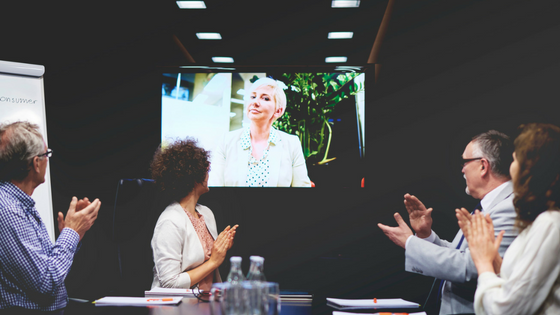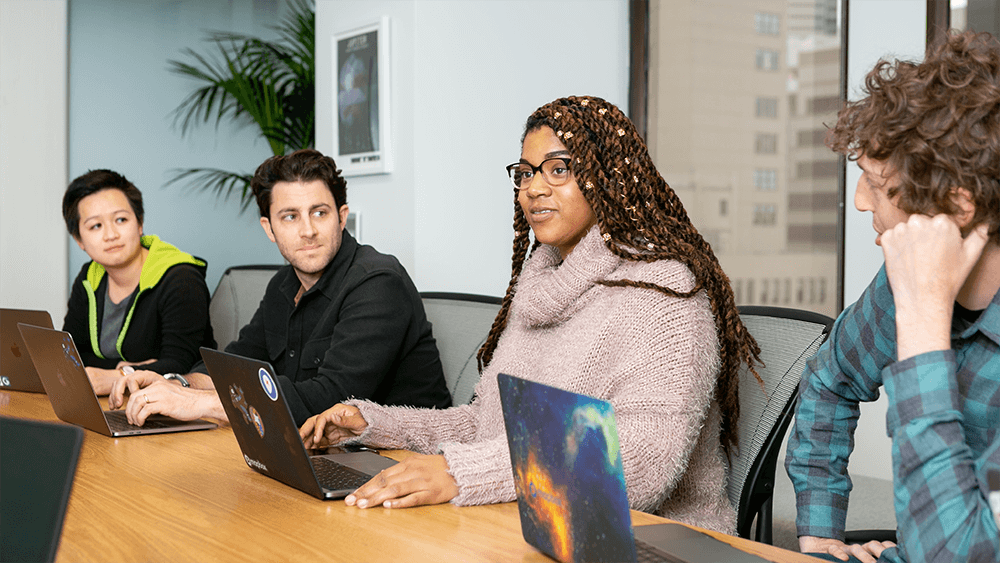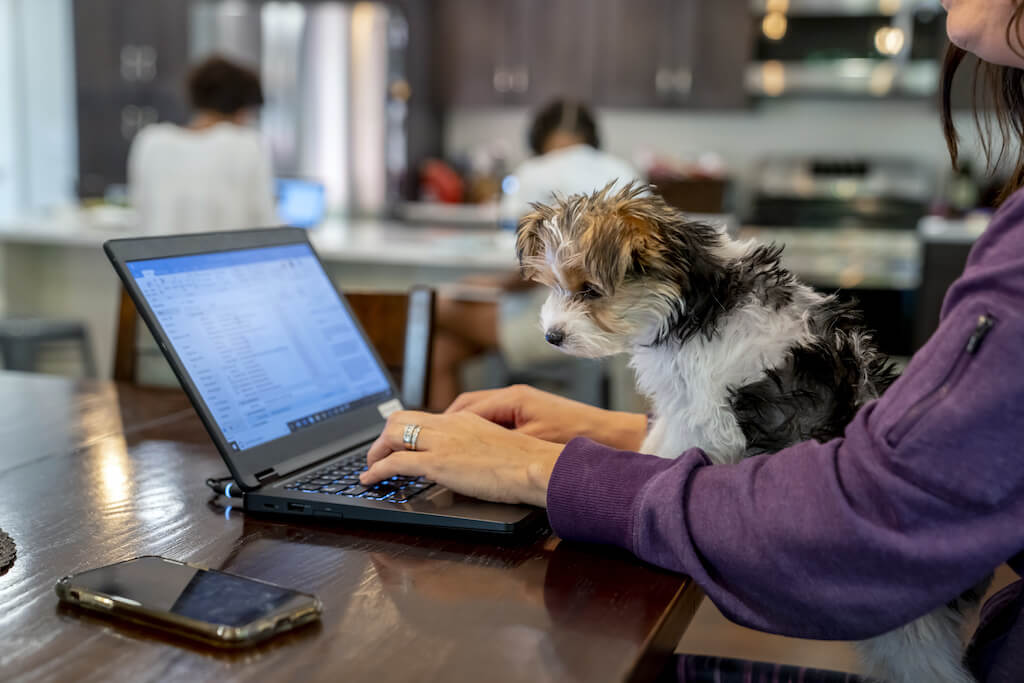By 2020 1 of 3 workers will be remote employees. The trend is “one of the biggest drivers of transformation of business models,” according to the World Economic Forum.
From the days countless aisles with rows of desks, (annoying, flickering fluorescent lights mandatory), to cubicle dividers that gave the impression (not the actuality) of privacy, to today’s open “collaboration areas,” the workplace is shifting to a more purposeful design.
Employers who utilize in-house and remote workers look for design that supports collaboration much further than across the aisle. Incorporating the whole team relies on determining how real estate supports success.
State of Mind and Body
One of the DWEX17 presenters, LiveTiles, believes the approach is as important as execution:
"At LiveTiles we believe that a truly modern collaborative organization starts not at the physical or digital space but rather in the mindset of all employees and how they are supported in approaching problems, generating ideas, and being part of the overall company activities."
-- Nick Rameka, Global Marketing Lead, LiveTiles
Defining Needs
Once you have the mindset, the first step is looking at what you do, how it’s done, and the mix of in-house and remote staff you have today and tomorrow. Plan collaboratively, if possible, with input from all employees about what their ideal workspace includes. Try to incorporate their feedback into your design plan. Look for ideas that allow for access, certainly, but also for input that reminds staff to be proactive with inclusion.
Technology is Key
More than just monitors in every room, you’ll need tech that connects people as well as processes: workflow as well as workers. A wealth of tools allow for seamless, real-time communication on any device employees use, whether they’re at their desk or wandering.
Rethink Existing Spaces
Marc Adelman, Principal at Perkins Eastman, points to the trend of “moving to a more casual atmosphere that encourages collaborration between cross-functional teams: creating a cultural shift for them to interact. A space to meet and talk in real time can enhance speed to market. ‘Swarm spaces,’ with a variety of seating heights and options, open communication and foster productive micro-breaks.”
Another positive trend he cites, “Developing spaces where people can get away from their workspace, to refocus in a new environment. Tech plays a critical role to foster the energy and inspiration alternate spaces can provide.”
BONUS: Learn about creating a digital workplace for your team
The Conference Room
Normally delegated to meetings, the conference room typically sports a table that takes 80% of the real estate. Too wide to allow across the table conversations, collaboration is relegated to adjacent colleagues with linear discussions difficult and awkward. One end of the room has a white board or video screen, making the poor souls who showed up late crane their neck to see.
Conference rooms should take a lesson from sports bars: narrow tables that allow for conversation, and more, and more strategically positioned, monitors, allowing everyone to see without craning. Consider modular tables that can be moved easily for classroom-style presentations, breakout teams, or group discussions.
Lobbying
What do you want your lobby to say about your company? If you’re looking to relay a collaborative work environment, retool your lobby to a swarm space. Variable seating and small discussion areas can make the space an area where people stop and collaborate on their way to there. Visitors will see your inclusive, team environment in action.
In the Trenches
For collaborative teams, design with remotes in mind. An online conversation with one team member can easily turn into a group discussion with everyone huddled around one laptop. Tech that allows quick access to group conversations creates opportunities for more organic, impromptu discussions.
Consider open desks for remotes that occasionally come to the office. They can also be used by collaborators who join the team periodically.
As much as we love open workspaces, most employees need privacy occasionally to get work done or communicate. Privacy cubbies located around the office are a great way to get some quiet time.
Live from the Lunchroom
Connections are important, and while most remotes communicate regularly with in-house counterparts, much of the interaction is work-oriented. Consider a live feed in your breakroom/lunchroom/coffee bar area. Remotes can join team members at lunch or have a latte when they break together. Opportunities to chat shoulder up relationships and team thinking.
Out-of-Office Experience
Some companies use satellite offices or co-working spaces for colleagues to occasionally meet IRL. They provide a touch-point for employees to collaborate more closely as well as develop relationships.
Say Cheese
We’ve all seen the adorable children interrupt a BBC live stream, with mom scrambling to corral them. For remote workers, this viral video realizes their worst fears. Remotes are not always camera-ready, particularly if inspiration sparks before the chance to brush your hair. Allow remotes to suspend video feeds occasionally, but try not to make it a habit. Face-to-face contact is always the best.
As the remote workforce continues to grow, companies will rely on tech to keep connected, and tech is meeting the demand. The challenge will be to make the physical space as inclusive as cyberspace.
About the Author
Riia O’Donnell has over 20 year’s hands-on experience in all aspects of the Human Resource function. Beginning as a recruiter, she grew to lead in all areas of HR, including employee training and development, legal compliance, benefits administration, compensation evaluation, and staff management. She has been a contributing writer for a wealth of HR, training, and small business websites for the past 7 years.











